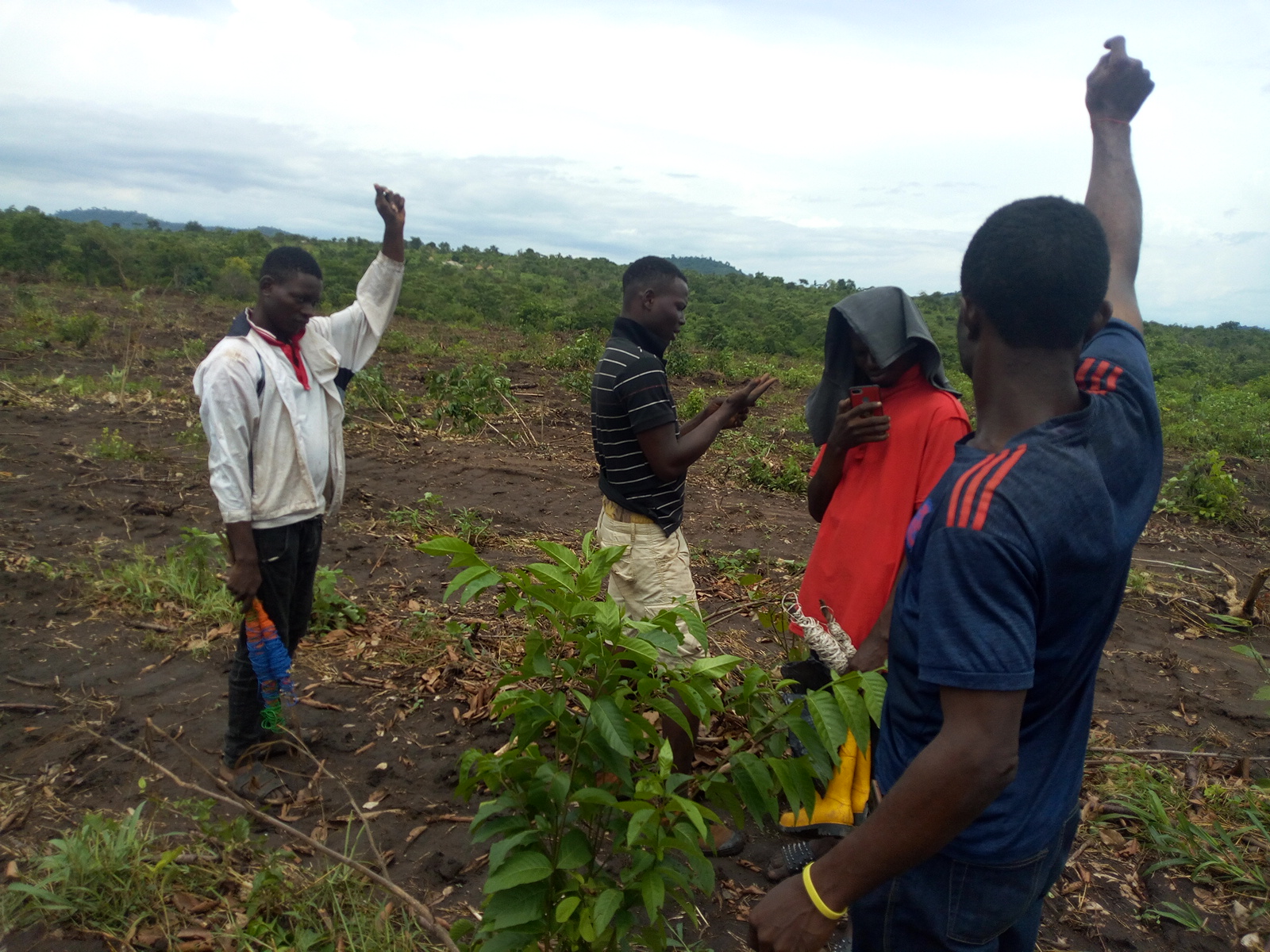Agriculture remains the backbone of many West African economies, contributing significantly to employment, food security, and GDP. Yet, the sector faces persistent, systemic challenges that hinder its growth and transformation. These challenges are common across the region, though their severity varies by country. Below is a comprehensive exploration of these obstacles,
1. Climate Change and Weather Variability
West African agriculture is predominantly rain-fed, making it highly vulnerable to erratic rainfall, prolonged droughts, and flooding. Climate change has made the rainy season less predictable, disrupting planting calendars and reducing crop yields. For instance, in Northern Nigeria and Mali, farmers have reported shorter and more intense rainy seasons that destroy early-planted crops or fail to sustain them throughout the growing cycle. Similarly, in The Gambia, recurring droughts have reduced rice and groundnut production, increasing food insecurity. This climatic uncertainty discourages investment, limits access to insurance, and forces many young people out of farming altogether.
2. Land Degradation and Soil Fertility Decline
Decades of continuous cultivation, deforestation, and overgrazing have led to severe land degradation in parts of Burkina Faso, Niger, and Northern Ghana. As organic matter diminishes, soils lose their ability to retain water and nutrients, resulting in lower productivity. In regions like the Sahel, the advancing desert, or “desertification,” continues to push farmers onto marginal lands. Even where fertilizers are available, poor soil structure limits their effectiveness. The cost of rehabilitating degraded land is high and often beyond the reach of smallholders.
3. Limited Access to Credit and Agricultural Financing
Most West African farmers operate at subsistence level and lack access to affordable credit. Formal banks view agriculture as risky, leading to low disbursement of loans. In Sierra Leone, only 5% of total bank lending goes to agriculture, despite the sector employing nearly 60% of the population. In Nigeria, initiatives like the Anchor Borrowers Programme have improved access slightly, but many smallholders are still excluded due to lack of collateral, formal land titles, or financial literacy. This financial bottleneck hampers investment in quality inputs, irrigation, and mechanization.
4. Poor Infrastructure and Market Access
Transporting produce from farms to markets remains a nightmare in many areas. Poor rural roads, lack of cold storage, and underdeveloped market systems result in high post-harvest losses, sometimes as much as 30–50% for perishable crops. For example, in Côte d’Ivoire, mango farmers in the northern regions often lose much of their harvest due to delays and poor preservation methods. In Benin, cassava and tomato farmers struggle with fluctuating market prices and lack of organized marketing channels, leaving them at the mercy of middlemen.
5. Inadequate Extension Services and Farmer Training
Many farmers lack access to timely and accurate information about new technologies, climate-smart practices, or pest and disease management. In some regions, a single extension agent serves thousands of farmers, rendering advisory services ineffective. In Senegal, studies show that women farmers, in particular, receive less extension support than men, despite playing a major role in food production. This gap reduces productivity and weakens the adoption of sustainable agricultural practices.
6. Post-Harvest Losses and Weak Value Chains
After harvest, a significant portion of food is lost due to poor handling, storage, and processing. Lack of affordable cold storage, drying facilities, and packaging technology means crops rot before they reach consumers. In Togo, maize farmers often store grain in traditional silos, which are vulnerable to mold, rodents, and humidity. Similarly, in Guinea, perishable fruits like oranges and pineapples are frequently dumped due to oversupply and lack of transport or processing. Developing agro-processing and storage infrastructure is critical for reducing waste and improving farmer incomes.
7. Land Tenure Insecurity
In many West African countries, customary land tenure systems prevail. Without legal titles or formal documentation, farmers, especially women and young people, have insecure access to land. This limits long-term investments in land improvement or soil conservation. In Ghana, although the government introduced land administration reforms, many smallholders still operate under unwritten agreements, making them vulnerable to land grabs or disputes. In Liberia, post-conflict land redistribution has also led to uncertainty, slowing agricultural recovery.
8. Limited Mechanization and Use of Technology
Agricultural practices in West Africa are still dominated by manual labor, with low levels of mechanization and poor adoption of digital tools. This limits scale, productivity, and efficiency. In Niger, most farmers still use hand tools or animal traction, and in Guinea-Bissau, there’s a severe shortage of tractors and irrigation equipment. Even where machinery is available, it is often unaffordable or poorly maintained due to lack of spare parts and technicians. Digital platforms for extension services, input supply, or market access are emerging but are not yet widespread, particularly in rural areas with low internet penetration.
9. Youth Disinterest and Migration
Farming is often seen as unprofitable, outdated, and labor-intensive. As a result, many youth in Nigeria, Gambia, and Burkina Faso abandon agriculture for urban centers or even risk irregular migration to Europe. This demographic shift threatens the future labor force of agriculture. However, where youth are supported with training, technology, and access to finance, they can drive innovation in agribusiness.
10. Insecurity and Conflict
Armed conflicts, farmer-herder clashes, and banditry increasingly threaten agriculture in parts of Nigeria, Mali, and Burkina Faso. Many farmers have abandoned their lands due to fear, while others face destruction of crops and theft of livestock. This not only reduces food production but also increases the cost of food and disrupts rural livelihoods. Without peace and stability, agricultural investment and productivity will continue to suffer.
In conclusion, these challenges facing agriculture in West Africa are deeply interwoven, ranging from climate shocks and financial exclusion to infrastructural deficits and social instability. Addressing them requires coordinated efforts across governments, research institutions, the private sector, and farmers themselves. Solutions must be context-specific, inclusive, and designed with long-term resilience in mind.

